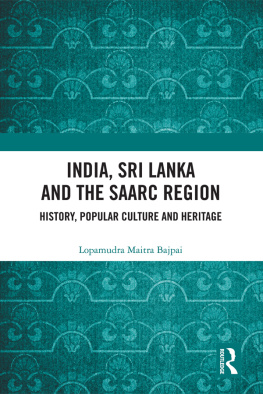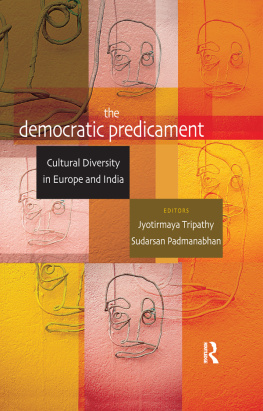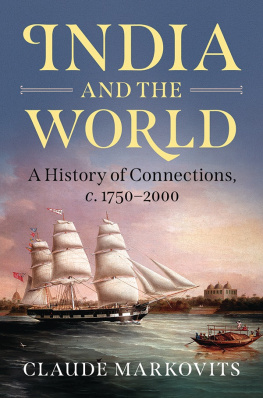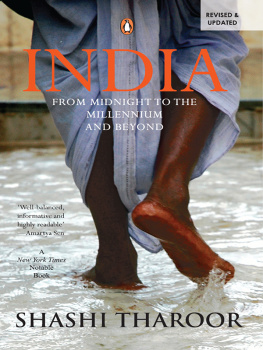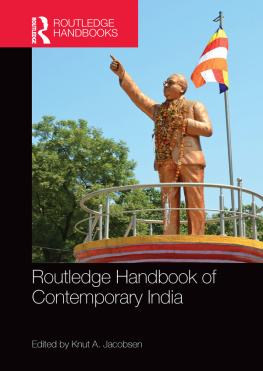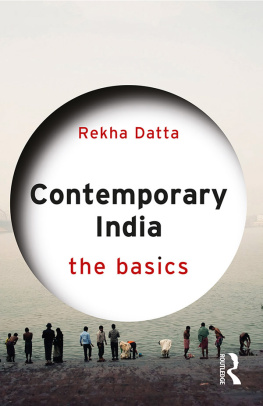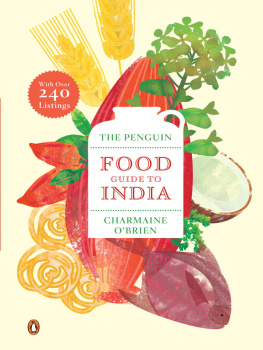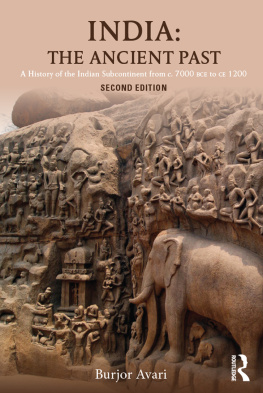Unless otherwise acknowledged all photographs are by Frederick M. Asher and Catherine B. Asher
Preface
India Before Europe is the product of collaboration between two scholars from different disciplines, who have joined together to write a volume on Indian history and culture from 1200 to 1750. Catherine Asher is an art historian who has worked on north Indias Indic, Islamic, and Islamicate cultural traditions. Cynthia Talbot is a historian who has worked largely on the social history of pre-Mughal south India and also is aware of larger trends in world history. When first approached by Marigold Acland of Cambridge University Press to write a history of the five hundred plus years immediately prior to the rise of British colonial power in India, neither of us felt competent to tackle this challenging task alone. Only by pooling our quite distinct spheres of training and knowledge, we thought, could we possibly do justice to the complexity and richness of this very important era. Little did we realize then how much more we had to learn, not only from each other but also from a wide range of individuals upon whose scholarship we relied. The end result is one that neither of us could have achieved on our own.
The book was written jointly in Austin and Minneapolis when the two authors could meet, but more often it evolved in cyberspace, where attachments were constantly zinging across the country or, at times, even across countries, for the other persons perusal. Although first drafts of specific sections or chapters were composed individually, in the end every word was evaluated and edited by both of us. We hope the outcome is a text that reads as if it were authored by a single writer, not two.
An important motivation for both of us was the desire to provide a text that would be useful to specialists and non-specialists alike, something that would bridge the vast gap in the secondary literature between the introductory work on South Asia, on the one hand, and the many scholarly monographs and articles, on the other. The need for an up-to-date survey is particularly acute for the period with which we are concerned here, the years from 1200 to 1750, since the roots of many controversial issues that divide the peoples of South Asia along national, regional, religious, and ethnic lines today are thought to lie in that era. We have attempted to offer a balanced, interdisciplinary perspective, one that encompasses artistic culture as well as political achievement, and also recognizes the role played by different communities from a variety of regions. By this means, we hope to express our appreciation of the diverse cultures and societies of South Asia that we have had the privilege to study for many years.
A small note on the text is in order. We have italicized foreign words and terms only the first time they are introduced. If a word is used more than once with a gloss, then it is included in the glossary. There is an appendix with short biographies of the most important personalities discussed in the work. We have used many of the older terms for Indian cities, since these are often closer to the names that were used during the period under consideration than are todays more modern ones. While we have made an attempt to use a consistent transliteration system, in a number of cases we have used commonly accepted spellings, especially for temple names.
Since we are not able to mention, in the body of the text, all the scholars whose works we consulted in the writing of this book, we present an extensive bibliography instead. The help and cooperation of many other individuals and institutions were needed to complete this project, however. To provide a complete list would not be possible, but some indeed must be acknowledged. Three institutions should be thanked for their generous financial assistance: the American Institute of Indian Studies, the University of Minnesota, and the University of Texas at Austin.


